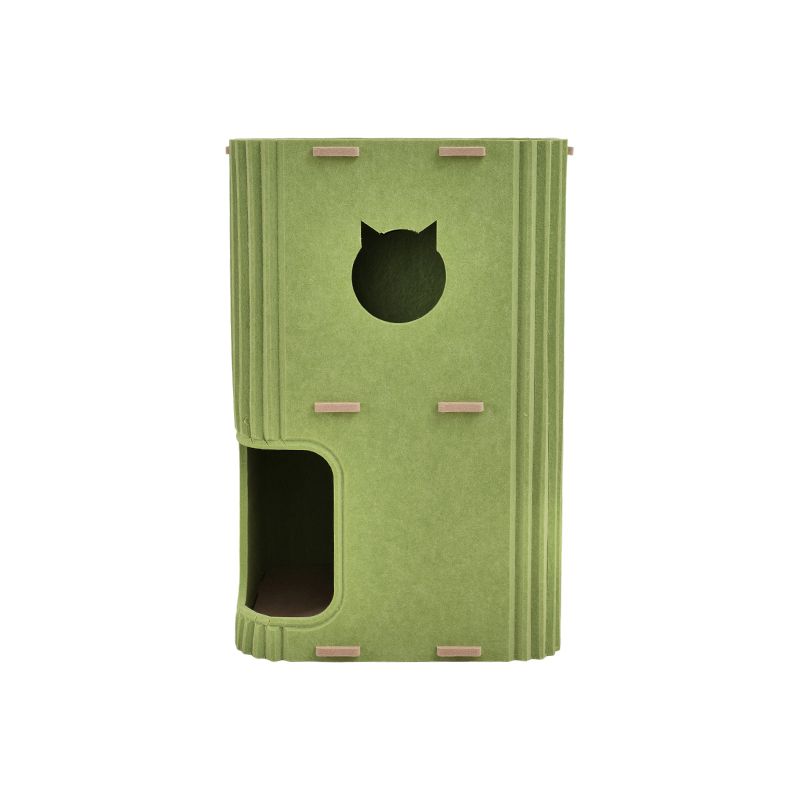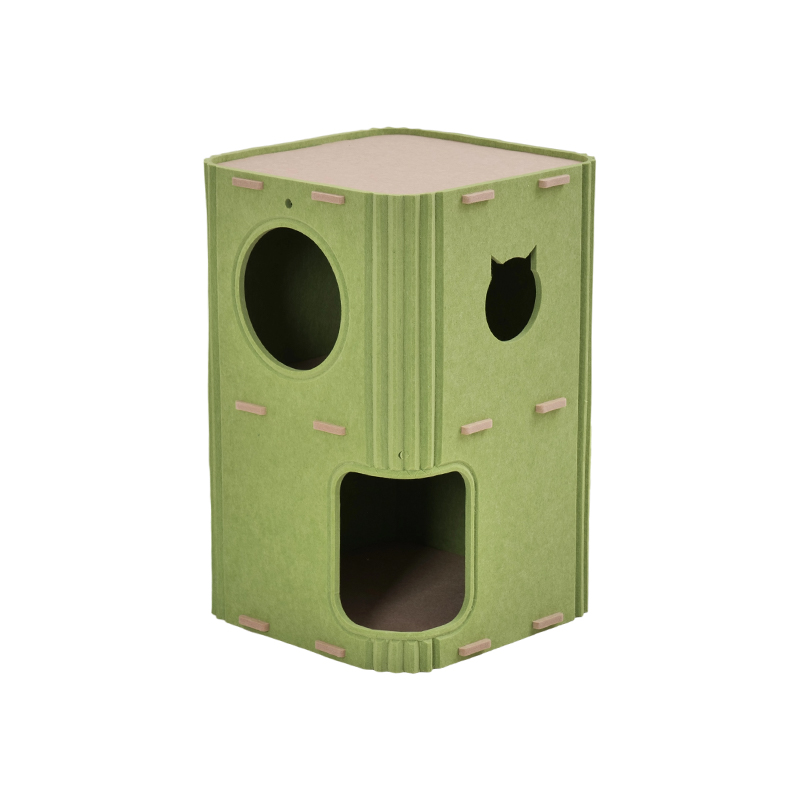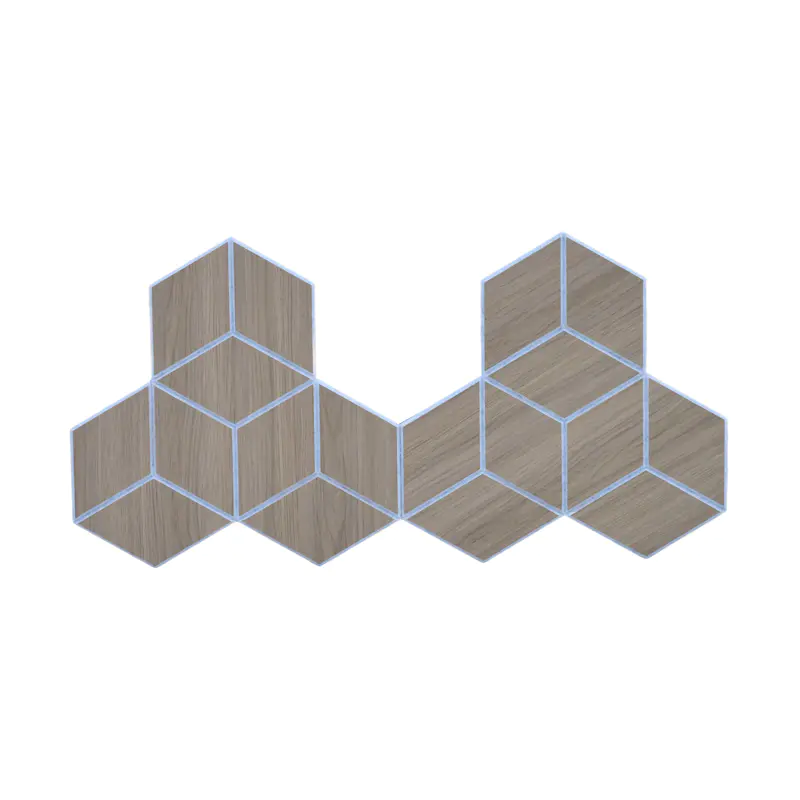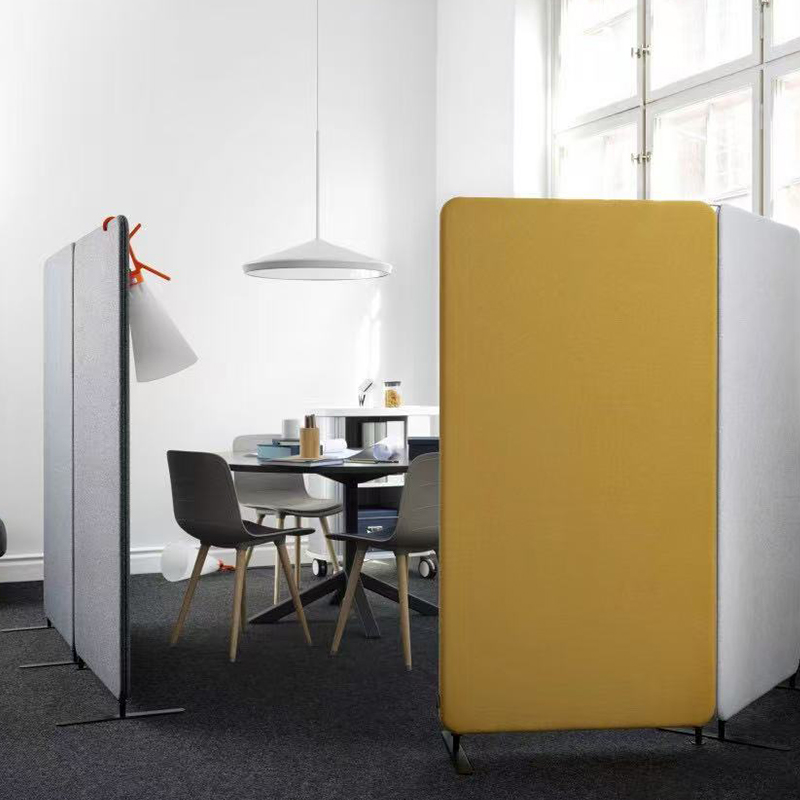What should I consider before buying creative acoustic panels products for my home?
Creating a comfortable, functional, and aesthetically pleasing home environment involves many decisions, and creative acoustic panels products are increasingly recognized as an essential element. These panels not only enhance sound quality but also serve as decorative features, adding character to living spaces. When considering the purchase of creative acoustic panels products, several factors should guide your decision to ensure that the investment meets both performance and design expectations.
Understanding creative acoustic panels products
Creative acoustic panels products are specialized materials designed to absorb and reduce unwanted sound within interior environments. Unlike traditional soundproofing solutions, these panels combine functional acoustic performance with decorative qualities, allowing homeowners to address noise issues while enhancing the visual appeal of their spaces. Typically made from advanced materials such as recycled polyester, these panels can be customized in terms of color, shape, pattern, and thickness, providing versatile solutions for various interior designs.
The functionality of creative acoustic panels products is often measured through acoustic performance indicators such as the Noise Reduction Coefficient (NRC). High-quality panels typically achieve an NRC rating above 0.8, signifying substantial sound absorption across multiple frequency ranges. This makes them suitable for reducing echoes, controlling reverberation, and creating a more comfortable auditory environment at home.
Material considerations
When selecting creative acoustic panels products, material composition is a critical factor. Many modern panels are constructed using environmentally friendly materials, including carbon-neutral polyester fibers processed through needle-punched nonwoven technology. These materials offer multiple benefits:
- Sound absorption: Recycled polyester effectively absorbs mid- and high-frequency noise, improving overall acoustic quality.
- Fire safety: Panels manufactured to meet ASTM E84, EN13501-1, or UL723-2018 standards provide flame-retardant protection, essential for residential safety.
- Sustainability: Using recycled and recyclable materials contributes to environmentally responsible home design.
- Health considerations: Low formaldehyde emissions (E0 level) ensure indoor air quality is maintained, preventing exposure to harmful chemicals.
The combination of these factors ensures that homeowners can select panels that are both safe and effective, aligning with contemporary sustainability and health standards.
Acoustic performance metrics
Evaluating creative acoustic panels products requires an understanding of acoustic performance metrics, which indicate how effectively a panel reduces unwanted noise. The two primary indicators to consider are:
- Noise Reduction Coefficient (NRC): This value represents the average absorption across various frequencies. Panels with an NRC of 0.85 or higher are considered highly effective.
- Sound Transmission Class (STC): Although more relevant for wall separation, STC ratings can indicate how well a panel prevents sound from passing through a surface.
By analyzing these metrics, homeowners can select panels tailored to the size and acoustic requirements of specific rooms. For example, open-plan living areas may require panels with higher NRC ratings to reduce echo, while bedrooms may benefit from smaller decorative panels to maintain sound privacy without overwhelming the aesthetic.
Design and aesthetic considerations
While performance is essential, creative acoustic panels products also contribute significantly to interior design. These panels can be customized in:
- Color: Matching the panels to wall colors or furniture creates a seamless design.
- Shape and pattern: Geometric, abstract, or organic patterns allow homeowners to transform functional panels into decorative art.
- Texture: Panels with tactile surfaces add depth and dimension to a room.
Selecting the right design requires balancing visual appeal with acoustic efficiency. Overly thin or perforated panels may look attractive but provide limited sound absorption, whereas thicker panels may dominate the room if not integrated carefully with the decor.
| Feature |
Impact on Home Use |
Notes |
| Color |
Enhances visual harmony |
Can complement furniture and wall finishes |
| Shape |
Adds artistic appeal |
Geometric and custom shapes are popular |
| Thickness |
Influences sound absorption |
Thicker panels absorb low frequencies better |
| Surface texture |
Adds depth and style |
Consider tactile finishes for decorative rooms |
Installation and placement
Effective installation is crucial to maximize the benefits of creative acoustic panels products. Proper placement influences sound absorption, room aesthetics, and overall performance. Homeowners should consider:
- Wall vs. ceiling installation: Ceiling panels are ideal for open spaces, while wall-mounted panels target specific reflective surfaces.
- Spacing and coverage: Panels should cover reflective surfaces strategically, ensuring even sound absorption.
- Mounting options: Some panels require adhesive, hooks, or frames. Choosing a method compatible with your wall material prevents damage and ensures stability.
It is also advisable to consult with professionals or refer to manufacturer guidelines, as improper installation can reduce the effectiveness of even the highest-quality panels.
Durability and maintenance
Long-term performance depends on the durability and maintainability of creative acoustic panels products. Polyester-based panels manufactured using needle-punched nonwoven technology tend to be resilient, resistant to deformation, and maintain their acoustic properties over time. Homeowners should evaluate:
- Surface wear: Panels in high-traffic areas may require materials resistant to scuffs or stains.
- Cleaning: Panels should be easy to clean using standard methods such as vacuuming or gentle wiping.
- Environmental resistance: High-quality panels resist humidity, fading, and mold growth, extending their lifespan in residential settings.
Ensuring panels meet these durability standards protects the initial investment and maintains a high-quality home environment.
Customization options
One of the advantages of modern creative acoustic panels products is the ability to customize dimensions, shapes, colors, and patterns. This flexibility allows homeowners to:
- Address irregular room layouts by creating panels tailored to specific wall or ceiling areas.
- Integrate decorative themes into bedrooms, living rooms, or home theaters.
- Combine multiple panel types to achieve both aesthetic and acoustic goals.
Customization also ensures that panels align with both functional needs and personal design preferences, making them suitable for diverse residential projects.
Applications in home environments
Creative acoustic panels products are versatile and suitable for multiple residential applications, including:
- Home theaters: Reducing echo and enhancing sound clarity.
- Living rooms: Minimizing noise from open-plan layouts.
- Bedrooms: Improving privacy and reducing ambient noise.
- Study or office spaces: Creating focused, quiet environments.
Their dual function as acoustic treatment and decorative element makes them a practical solution for various interior spaces, blending functionality and style seamlessly.
Health and environmental considerations
Modern panels manufactured using recycled polyester fibers prioritize both environmental sustainability and indoor health. Choosing panels that comply with formaldehyde emission standards (E0) and use carbon-neutral materials contributes to a safer, eco-friendly home. Homeowners increasingly seek products that reduce environmental impact without compromising quality, and creative acoustic panels products fulfill this requirement while providing effective sound control.
Cost and investment considerations
Investing in creative acoustic panels products involves evaluating cost relative to performance, customization, and longevity. While premium panels may have higher upfront costs, their superior acoustic performance, flame-retardant properties, and durability often justify the investment. Comparing products based on NRC, fire ratings, and material quality ensures that homeowners select panels offering optimal value over time.
Conclusion
Selecting creative acoustic panels products for your home requires careful consideration of multiple factors: material quality, acoustic performance, design compatibility, installation, durability, customization, and environmental impact. By understanding these elements, homeowners can make informed decisions that enhance both the auditory and aesthetic qualities of their living spaces.
Companies like Yayin New Materials Jiangsu Co., Ltd. provide advanced panels using needle-punched nonwoven technology from recycled polyester, offering high NRC values, flame-retardant certifications, and customizable designs. Their products demonstrate the balance of performance, safety, and sustainability that modern homeowners seek.
Ultimately, the right creative acoustic panels products transform your home environment, improving comfort, privacy, and style, while ensuring long-term functionality and safety.



















